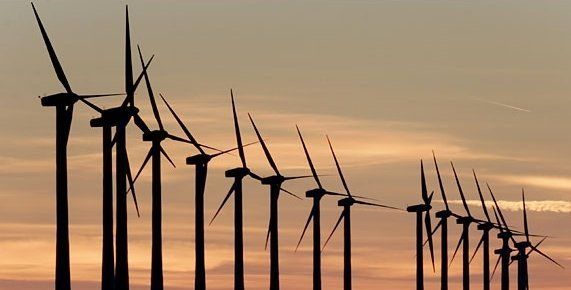
E Ink.
It's clumsy to say aloud -- "ee eenk. eeyeenk" -- but it's a pretty interesting company with a pretty interesting technology. It's most famous, probably, for producing the more readable "electronic paper" display utilized by the Amazon Kindle.
Search, for example, "e ink" on trusted green tech blog EcoGeek, and you get no fewer than 15 results, most of them heralding its potential to be a really cool, environment-friendly technology. An excerpt from the most recent search result on E Ink at EcoGeek:
It's no secret that we at Ecogeek are fans of the e-ink display technology. The low battery consumption and superior readability compared to laptops and other mobile devices, not to mention the thin form factor, all combine to bring us closer to a digital literary future. With Amazon's Kindle doing the rounds in the US and the Bookeen Cybook constantly running out of stock, e-ink toting devices are inching their way into the public's hearts.
Imagine my dismay, then, when I read today about the amazingly un-green way in which Esquire, to which I subscribe, will be employing the E Ink technology in conjunction with the September issue -- an idea which will produce an eye-catching product, for sure, and an exciting opportunity for Ford Motor, the sponsor biting the bullet, but which generates a lot of waste, too:
"The whole chain had to be reinvented," said Peter Griffin, the deputy editor. "The interesting thing is it has almost nothing to do with the normal way of putting out a magazine."
First, Esquire had to make a six-figure investment to hire an engineer in China to develop a battery small enough to be inserted in the magazine cover. The batteries and the display case are manufactured and put together in China. They are shipped to Texas and on to Mexico, where the device is inserted by hand into each magazine. The issues will then be shipped via trucks, which will be refrigerated to preserve the batteries, to the magazine's distributor in Glazer, Ky.
And then it'll come to me in Brooklyn, N.Y. And you in Pasadena, Calif. And you in Olympia, Wash. And you in Chicago, Ill.
Sure, some of you will say I'm a sucker or a polluter for subscribing to a print magazine to begin with, but this small eco-indiscretion of mine seems to have become a surprisingly large one quite suddenly.
New technology designed with the environment in mind (whether before or after the bottom line) can be really cool -- but this example shows that it's not always used very wisely. Check out another Huffington Post Green blog on misusing green technology for more on that sentiment:
::Rebekah and Stephen Hren: "Our true crisis is one of over-consumption."